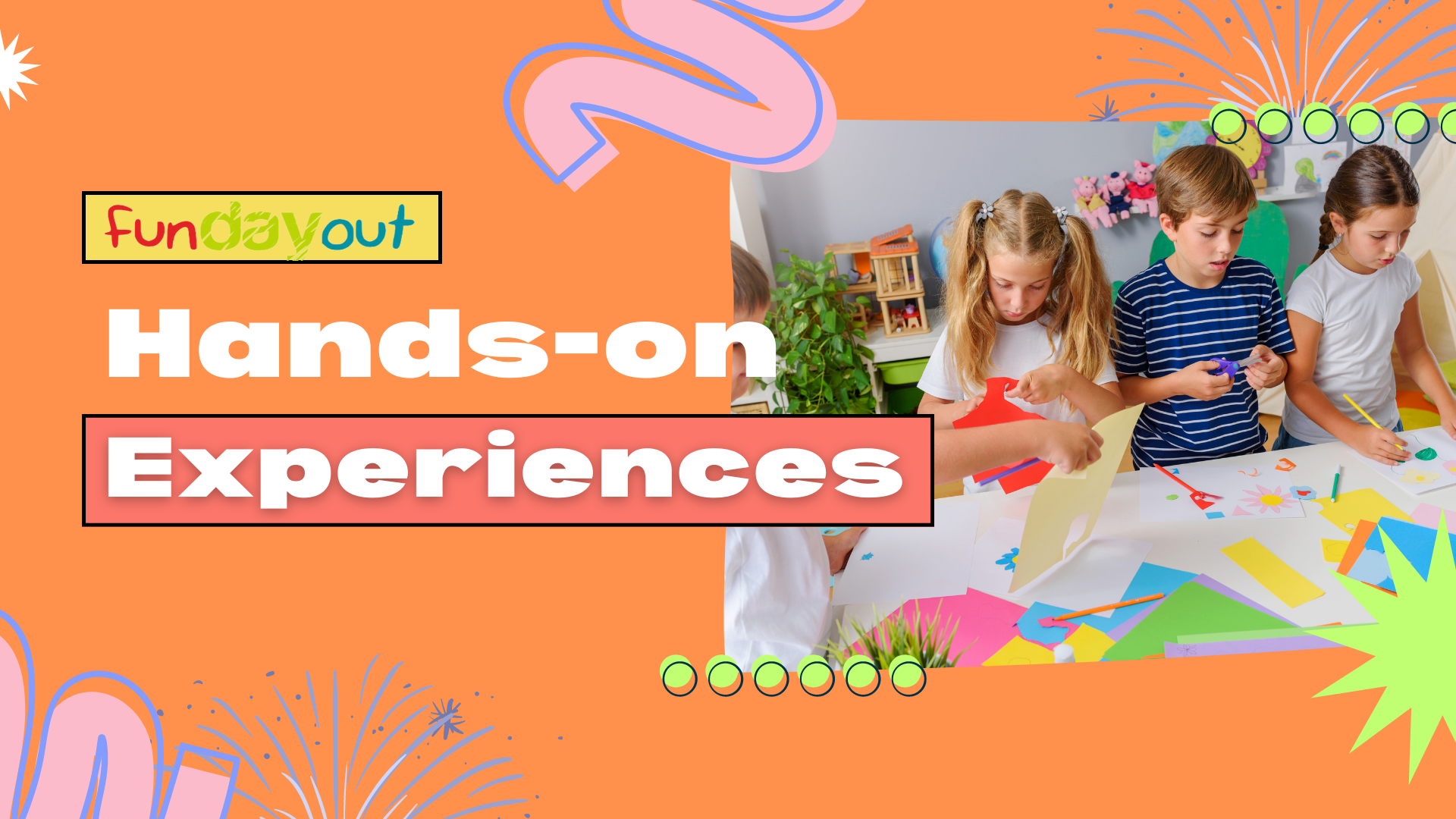Hands-on experiences is an interactive approach that engages children in activities, allowing them to explore and develop their own understanding. In this blog post, we’ll dive into the benefits of hands-on learning, explore the best ways to get started with it, and provide helpful tips on how to make it successful at home. Let’s create some unforgettable experiences for kids together!
What is Hands-On Learning?
Hands-on learning is a teaching method that focuses on active participation and engagement to create memorable experiences for kids. This approach involves using activities, experiments, projects, or simulations to teach children new concepts and skills. Unlike traditional classroom instruction where students passively listen and take notes, hands-on learning allows them to engage with the subject matter in an interactive way.
In this type of learning environment, children become active participants rather than passive observers. They get hands-on experience with different materials and tools, which can help reinforce their understanding of abstract concepts like math or science.
Hands-on learning has been shown to improve retention rates as well as foster creativity and critical thinking skills in children. It helps build self-confidence by allowing kids to explore topics at their own pace while giving them opportunities for success through trial-and-error experimentation.
Hands-on learning is a powerful approach that creates engaging experiences for kids while helping them develop important skills such as problem-solving, teamwork, communication and more!
The Benefits of Hands-On Learning
Hands-on learning is an approach to education that allows children to experience and interact with the world around them. This form of learning can take many forms, from building a model car to taking apart a computer. The benefits of hands-on learning are numerous and range from improved problem-solving skills to increased engagement in the learning process.
One of the most significant benefits of hands-on learning is that it encourages children to be active participants in their education. Rather than sitting passively in a classroom, students are actively engaged in exploring concepts and making connections between what they learn and how it applies to real-world situations.
Another advantage of this type of learning is that it fosters creativity and innovation. By experimenting with different materials or methods, students can develop new ideas or solutions that they might not have considered otherwise.
Hands-on experiences for kids also help improve retention rates by making information more memorable. When children connect abstract concepts with tangible experiences, they’re more likely to remember what they learned long after the lesson has ended.
Hands-on activities teach valuable life skills such as teamwork, communication, and time management through collaborative projects like science fairs or group presentations.
Incorporating hands-on experiences into your child’s education offers numerous benefits that will support their academic success while also helping them become well-rounded individuals ready for whatever challenges come their way.
The Best Way to Learn: Hands-On Experiences for Kids
Hands-on learning is the best way for kids to learn. It involves engaging in activities that involve touching, feeling, exploring and experimenting with real-world objects and environments. Kids love hands-on experiences because it allows them to explore, discover and learn on their own terms.
Research shows that children who engage in hands-on learning have better problem-solving skills, critical thinking abilities and creativity than those who are taught through traditional methods such as lectures or reading from textbooks. This is because they are more engaged with the material they are learning which leads to greater retention of information.
Hands-on experiences can take many forms – from building structures with blocks or Legos to conducting science experiments or working on art projects. The key is providing opportunities for children to actively participate in the learning process rather than just receiving information passively.
Parents can get started with hands-on learning by setting up activities at home that encourage exploration and discovery. This could include creating a sensory bin filled with different textures or materials like rice, beans or sand; setting up a nature scavenger hunt; or cooking together as a family.
Hands-on experience provides valuable opportunities for kids to learn while having fun! By incorporating this method into your child’s education both at home and school you will be helping them develop vital skills they will use throughout their academic careers!
How to Get Started with Hands-On Learning
Getting started with hands-on learning can be overwhelming, but it doesn’t have to be. Here are some tips on how to get started:
1. Identify your child’s interests: What does your child enjoy doing? What topics or activities captivate their attention? Identifying their interests will help you tailor the hands-on experiences.
2. Research and plan: Once you know what your child is interested in, research different ways to incorporate those interests into hands-on learning opportunities. Look for local museums, science centers, parks, and events that align with their passions.
3. Start small: You don’t need to plan elaborate experiments or activities right away; start by incorporating simple hands-on experiences at home or in your backyard. For example, plant a garden together or build a birdhouse.
4. Involve your child in the planning process: Get input from your child on what they would like to do and let them take ownership of the experience as much as possible.
5. Don’t be afraid of mistakes: Hands-on learning is all about trial and error; embrace mistakes as an opportunity for growth and problem-solving.
By following these tips, you can create meaningful and engaging hands-on experiences for kids that foster curiosity and lifelong learning skills!

